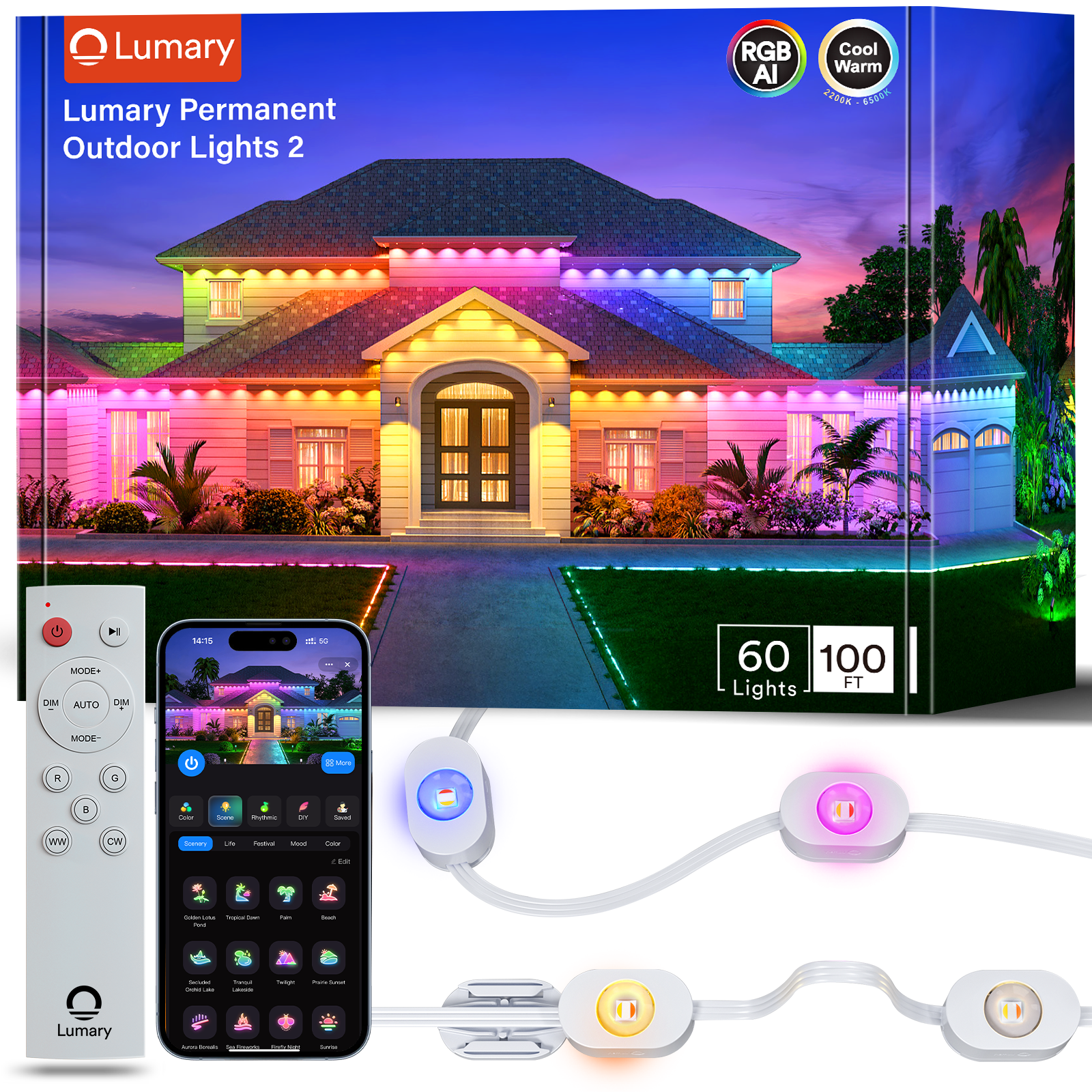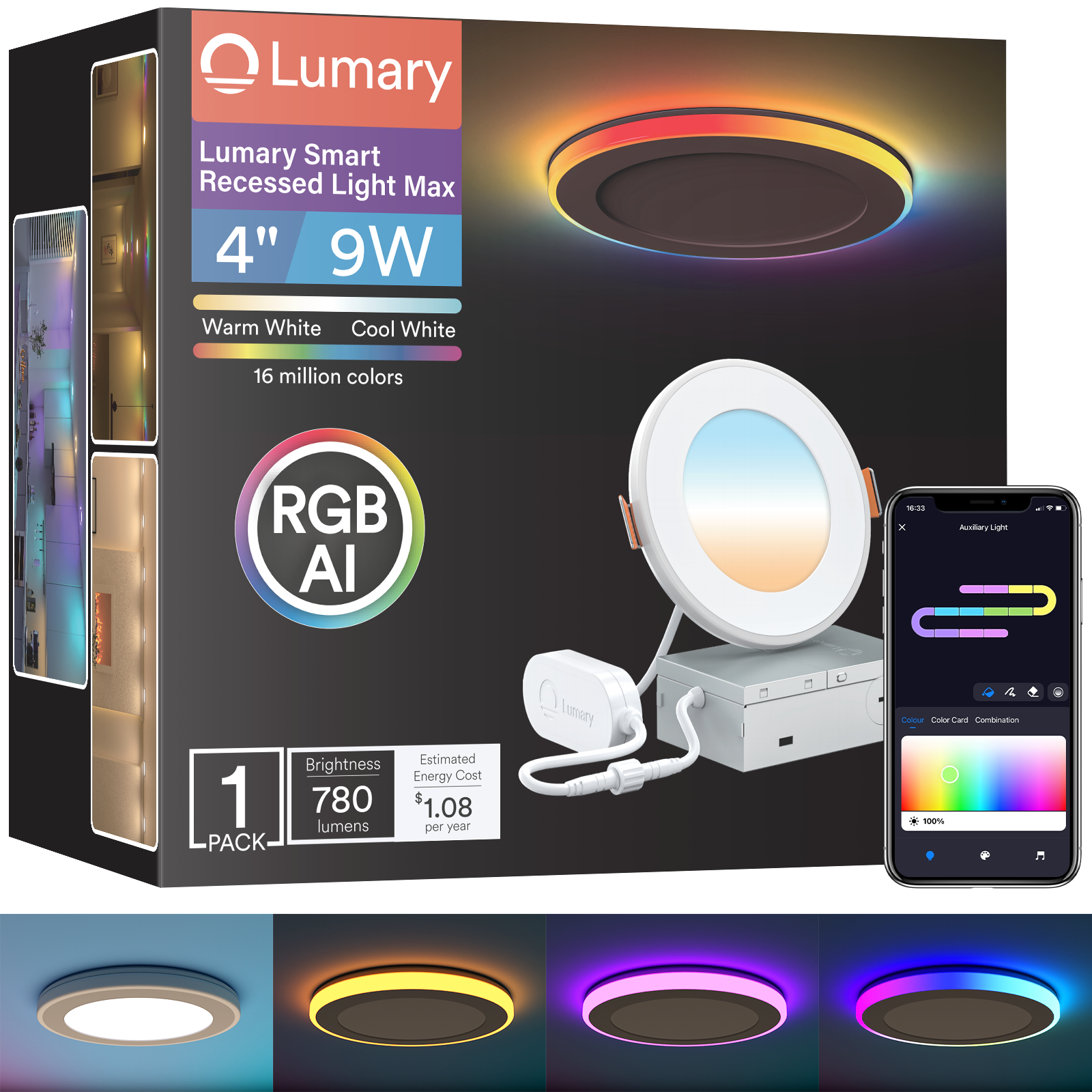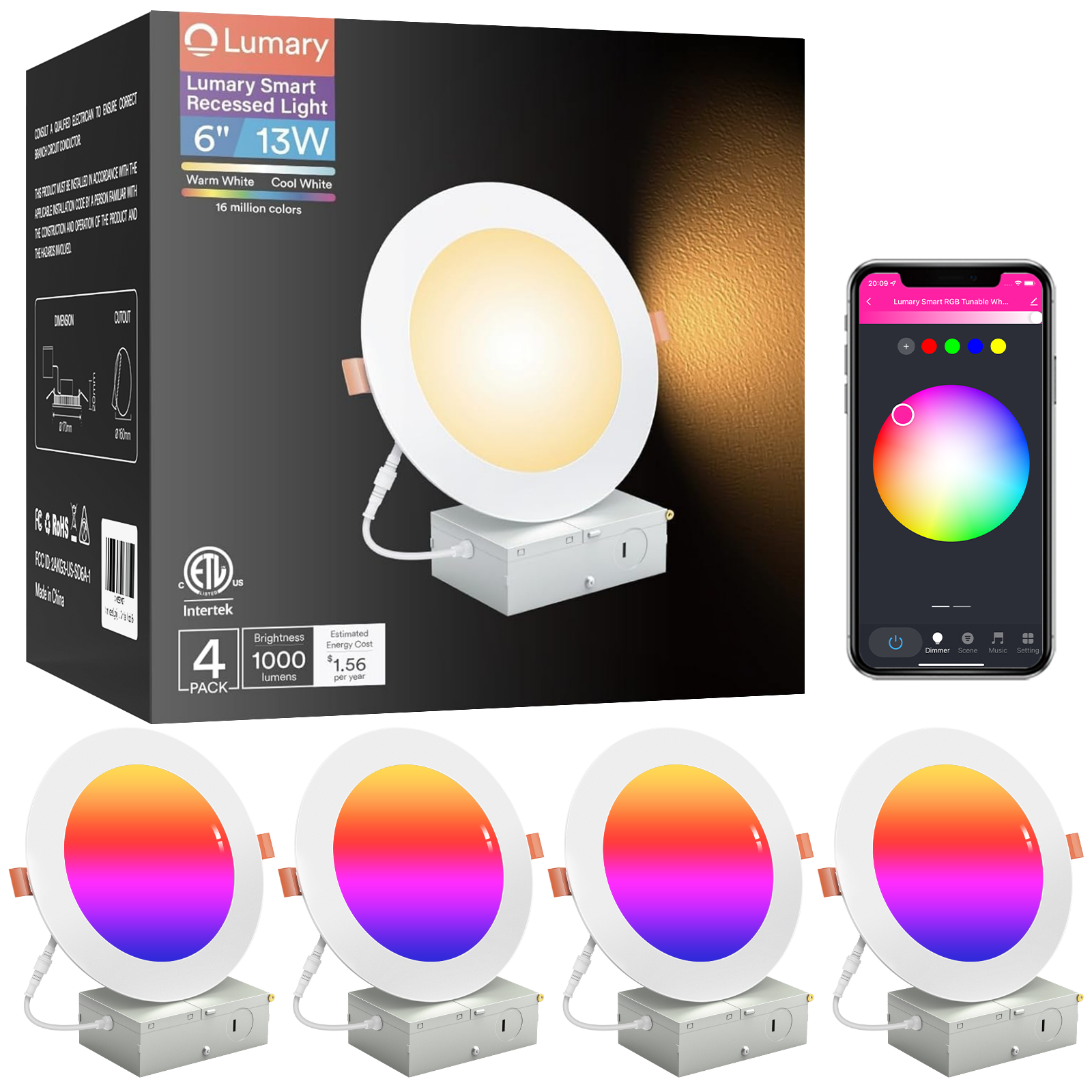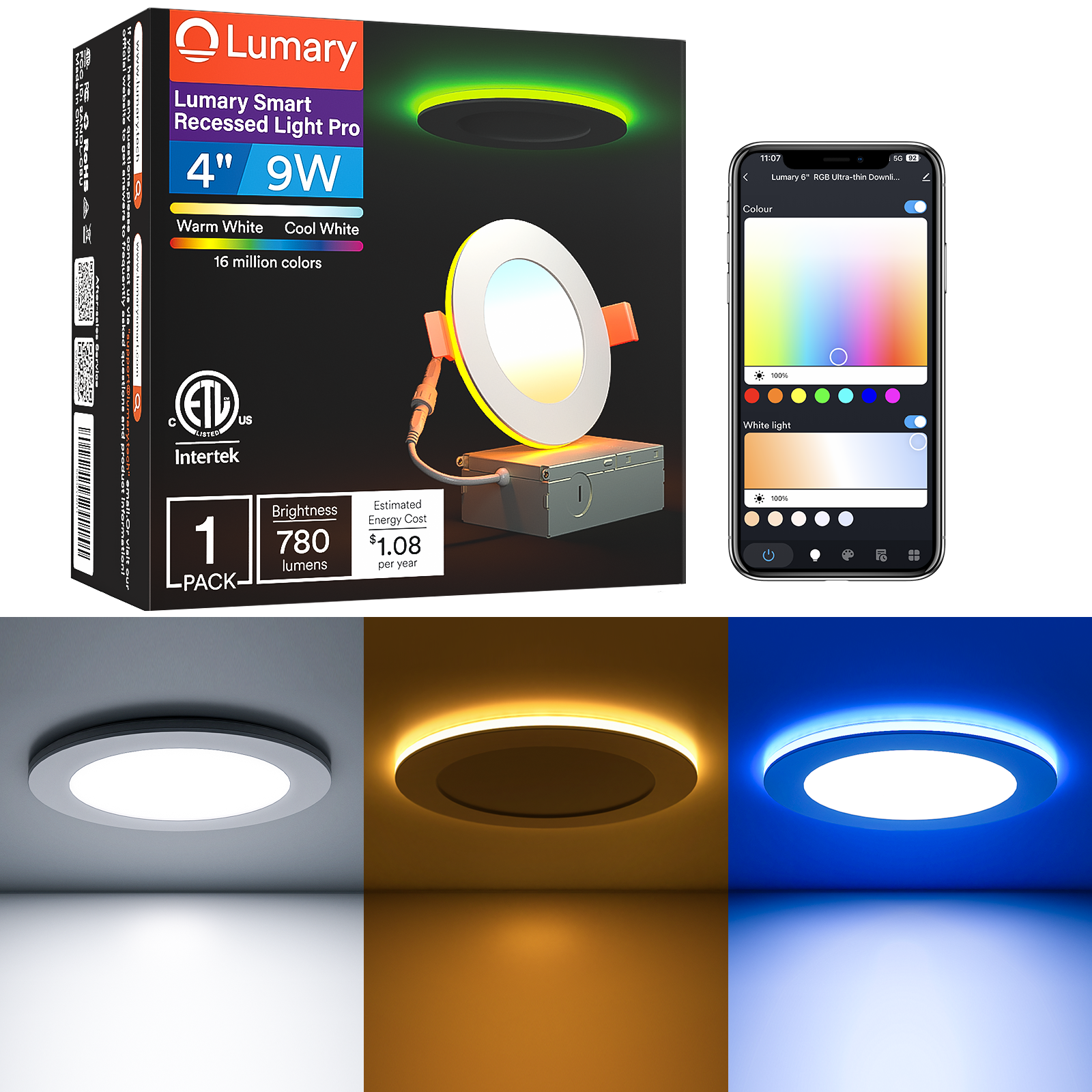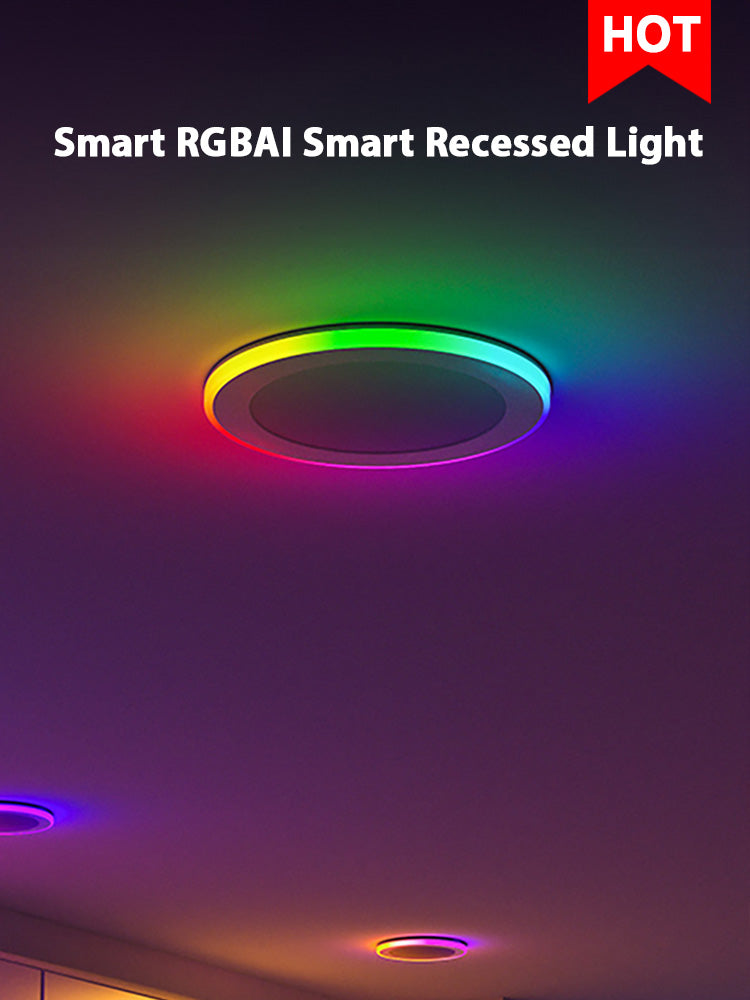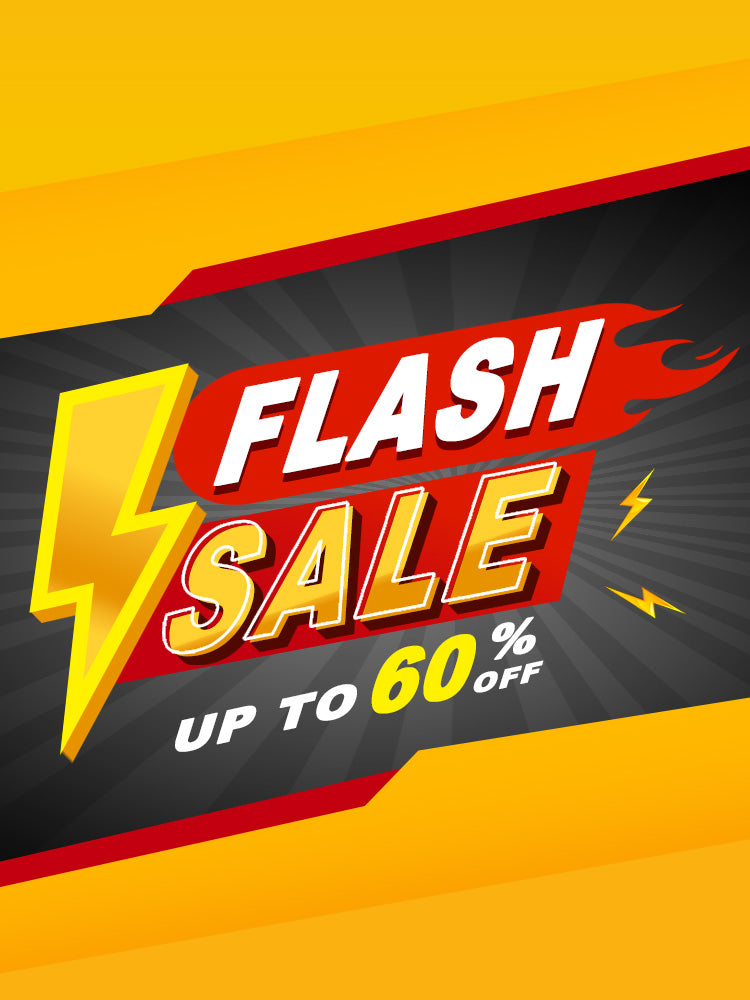Outdoor lighting plays a crucial role in creating a welcoming and safe environment. LED string lights offer numerous benefits, including energy efficiency and longevity. A string of 100 LED bulbs uses only 10 to 20 watts, compared to 150 to 500 watts for incandescent bulbs. These lights produce less heat and last longer. Installing LED string lights can transform your backyard into a cozy and inviting space.

Planning Your Installation
Choosing the Right LED String Lights
Types of LED String Lights
LED string lights come in various types. Some popular options include globe lights, fairy lights, and Edison bulb lights. Globe lights offer a classic look with round bulbs. Fairy lights provide a whimsical touch with tiny, twinkling bulbs. Edison bulb lights create a vintage ambiance with their filament-style design.
Factors to Consider (Length, Brightness, Color)
When selecting LED string lights, consider several factors. First, determine the required length. Measure the area where you plan to hang the lights. Next, think about brightness. Choose lights with appropriate lumens for your desired ambiance. Finally, select the color. Warm white lights create a cozy atmosphere. Cool white lights offer a modern feel. Multicolor lights add a festive touch.
Measuring Your Space
Determining the Layout
Plan the layout before installation. Identify the areas where you want to hang the LED string lights. Consider pathways, seating areas, and focal points. Visualize how the lights will enhance these spaces. Use a tape measure to mark the spots where you will place hooks or clips.
Calculating the Required Length
Calculate the total length of LED string lights needed. Measure the distance between each hook or clip. Add these measurements together. Include extra length for any slack or draping effects. Ensure that the total length matches the available string light sets.
Gathering Necessary Tools and Materials
Essential Tools (Ladder, Tape Measure, etc.)
Gather essential tools for the installation. A ladder helps reach high places. A tape measure ensures accurate measurements. Use a pencil to mark positions. Pliers assist in tightening hooks and clips. Keep a pair of scissors handy for cutting zip ties.
Additional Materials (Hooks, Clips, etc.)
Collect additional materials for securing the LED string lights. Use screw hooks for sturdy support. Clips help attach lights to surfaces. Zip ties secure loose wires. Consider using a cable guide wire for added stability. Ensure that all materials are weather-resistant for outdoor use.
Preparing Your Backyard
Ensuring Safety
Checking for Electrical Outlets
Locate the electrical outlets in your backyard. Ensure that the outlets are weatherproof. Use outdoor-rated extension cords if the outlets are far from the installation area. Check the outlets for any signs of damage. Repair or replace faulty outlets before proceeding.
Avoiding Potential Hazards
Inspect the installation area for potential hazards. Remove any obstacles that could cause tripping. Clear away debris and overhanging branches. Ensure that the lights will not come into contact with water sources. Keep the lights away from flammable materials.
Setting Up Support Structures
Using Trees and Existing Structures
Utilize trees and existing structures to support the lights. Wrap the lights around tree trunks and branches. Attach hooks to fences, pergolas, and eaves. Secure the lights with clips or zip ties. Ensure that the lights are evenly spaced.
Installing Poles or Posts
Install poles or posts if no existing structures are available. Choose sturdy materials like metal or treated wood. Dig holes for the poles at the desired locations. Use concrete to secure the poles in place. Attach hooks or clips to the poles for hanging the lights. Ensure that the poles are tall enough to keep the lights off the ground.
Installing the LED String Lights
Attaching the Lights
Using hooks and clips
Start by attaching the hooks or clips to the designated spots. Use a ladder to reach high areas safely. Screw the hooks into place securely. Attach the clips to surfaces like fences or pergolas. Ensure that each hook or clip is firmly in place.
Securing the lights properly
Hang the LED string lights on the hooks or clips. Space the lights evenly for a balanced look. Use zip ties to secure any loose wires. Avoid letting the lights sag or droop. Ensure that the lights remain taut and straight.
Connecting to Power
Plugging into outdoor outlets
Locate the nearest outdoor electrical outlet. Plug the LED string lights into the outlet. Use a weatherproof cover for added safety. Ensure that the plug fits snugly into the outlet. Check for any signs of damage before proceeding.
Using extension cords safely
Use an outdoor-rated extension cord if needed. Plug the extension cord into the outlet first. Connect the LED string lights to the extension cord. Ensure that the extension cord is long enough to reach the lights. Avoid running the cord across walkways or high-traffic areas.
Testing and Adjusting
Ensuring all lights work
Turn on the LED string lights to test them. Check each bulb to ensure it works. Replace any broken or malfunctioning bulbs. Ensure that the entire string lights up evenly. Address any connectivity issues promptly.
Making final adjustments for aesthetics
Make final adjustments to enhance the appearance. Arrange the LED string lights to create the desired effect. Adjust the spacing between bulbs if needed. Ensure that the lights complement the backyard layout. Step back to view the overall look and make any necessary tweaks.
Maintenance and Troubleshooting
Regular Maintenance
Cleaning the Lights
Regular cleaning keeps LED string lights shining brightly. Use a soft cloth to wipe each bulb. Avoid using water or harsh chemicals. Dust and dirt can dull the lights. Clean the lights at least once a month.
Checking for Wear and Tear
Inspect the lights for any signs of damage. Look for frayed wires or cracked bulbs. Replace damaged parts immediately. Check the connections to ensure they are secure. Regular checks prevent potential hazards.
Troubleshooting Common Issues
Dealing with Broken Bulbs
Broken bulbs can ruin the ambiance. Turn off the power before handling the lights. Use pliers to remove the broken bulb carefully. Insert a new bulb into the socket. Ensure the new bulb fits snugly. Test the lights to confirm the fix.
Fixing Connectivity Problems
Connectivity issues can disrupt the lighting. Check each connection point. Ensure plugs fit securely into outlets. Examine extension cords for any damage. Replace faulty cords to restore power. Test the entire setup to ensure all lights work.
Recap the key steps for installing LED string lights. Choose the right lights, measure the space, gather tools, and prepare the backyard. Attach the lights, connect to power, and test them. Regular maintenance ensures longevity.
Enjoy the enhanced backyard ambiance with LED string lights. The lights create a cozy and inviting space for gatherings.
Share experiences and tips on using LED string lights. Your insights can help others create beautiful outdoor spaces.



